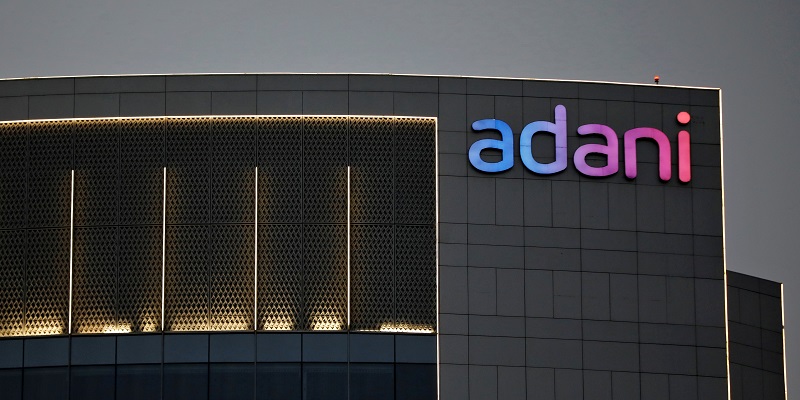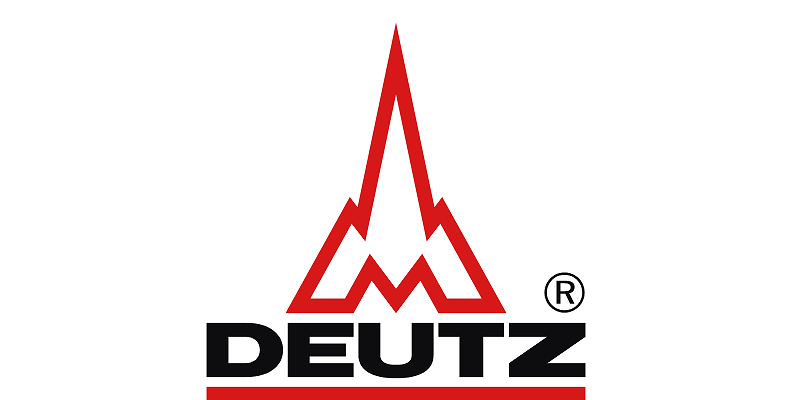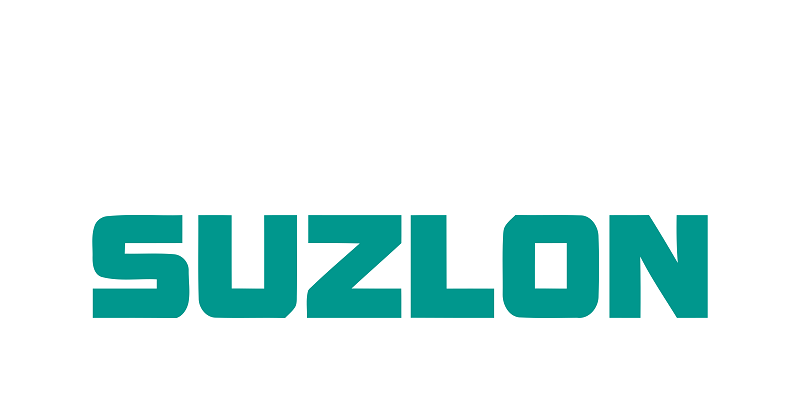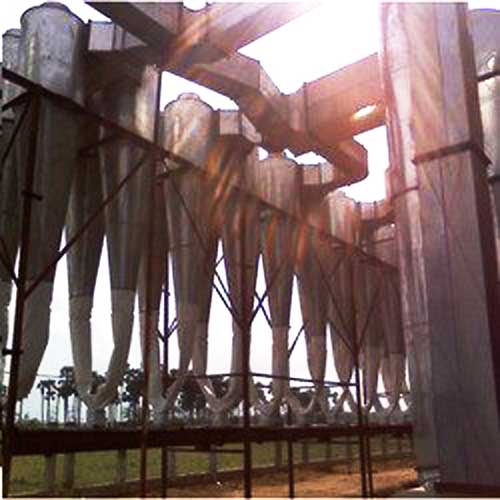Schedule a Call Back
Selecting correct Tungsten electrodes for TIG & plasma welding
 Technical Articles
Technical Articles- Mar 01,17

Choosing the right tungsten electrode from the available choice is very important in certain welding processes.
Tungsten is a hard rare metal, which is found naturally on earth as Tungsten ore (wolframite, sheltie, and ferberite) from which the element tungsten is extracted. Tungsten is used for making many alloys. Tungsten is remarkable for its robustness and high melting point when compared to all other elements. Its high density is 19.3 times that of water. Tungsten is used in various applications like:
>> Incandescent light bulb filaments
>> X-ray tubes
>> Cathodes in the welding process
>> Super alloys
>> Radiation shielding
>> Industrial catalyst, and
>> Military applications.
Tungsten in welding applications
The application of tungsten is welding process is detailed below.
Tungsten is used in welding process because of its high melting point which is up to 3422ºC or 6192ºF. Tungsten is said to have the highest melting point when compared to all other elements. In its raw form tungsten is a hard steel grey metal. The tungsten objects are commonly made by forging, drawing, extruding or by sintering.
Electrodes with proper quantity and evenly distributed oxides (Cerium, Thorium or Lanthanum) throughout the electrode are of the best quality. The highest quality Tungsten material ensures excellence and consistency in welding performance.
Types of electrodes
The composition, diameter and amperage of the electrode depends on the type and dimension of the material being welded. The different types of tungsten electrodes which are used is listed below:
>> W – Green
>> WC20 – Grey
>> WL10 – Black
>> WZ8 – White
>> WT10 – Yellow
>> WT20 – Red
>> WT30 – Purple, and
>> WT40 – Orange.
Different colours are used to identify the property and purpose of different electrodes.
Electrode Type W – Green:
>> This electrode does not have any oxides in it
>> The arc starting capacity is very poor
>> Electrode life and amperage capacity is poor
>> Environmental characteristics are good
>> It is primarily used in TIG, and
>> It can work on materials like aluminium and aluminium alloys, aluminium bronze, magnesium and magnesium alloys, nickel and nickel alloys.
Electrode Type WC20 – Grey:
>> This type of electrode has an oxide % of 1.80 – 2.20. Type – CeO2
>> Arc starting capacity, electrode life and amperage capacity is good
>> These electrodes are radiation free so they are environmentally safe to use
>> It is primarily used in TIG welding, plasma welding plasma cutting and plasma spraying
>> It can be used for materials like rust, acid and heat resistant steels, nickel and nickel alloys refractory metals, e.g., molybdenum Tantalum, niobium and their alloys
>> It can be used only in DC current, and
>> The use of ceriated electrodes avoids any radiation problems. As a result it has an optimum weld characteristic without causing any harm to people or the environment.
Electrode Type WL10 – Black:
>> This type of electrode has an oxide % of 0.90 – 1.20. Type – LaO2
>> Arc starting is not too good and not too bad, irrelevant in plasma welding due to auxiliary arc
>> The electrode life and environmental characteristics are good but the amperage capacity lags
>> It is primarily used in micro plasma welding, plasma cutting, plasma spraying ( NTA ) and keyhole plasma welding It can be used in both AC and DC currents, and
>> It can be used in Joining technology for thin plate High-alloy steels, resurface welding of valves, forging dies, cutting aluminium, copper, bronze, high-alloy steels and Plasma spraying of Al powder, nitride, oxide, carbide.
Electrode Type WZ8 – White:
>> This type of electrode has an oxide % of 0.70 – 0.90. Type – ZrO2.
>> Arc starting, electrode life, amperage capacity is better.
>> It is primarily used in TIG welding process
>> It works only in AC current, and
>> It can work on materials like aluminium and aluminium alloys, aluminium bronze, magnesium and magnesium alloys, nickel and nickel alloys with better weld characteristics.
Electrode Type WT10 – Yellow:
>> This type of electrode has an oxide % of 0.80 – 1.20. Type – ThO2.
>> It is primarily used in TIG and plasma welding processes
>> It works only in DC current, and
>> It can work on materials like low-alloy steel stainless steels copper, nickel and nickel alloys.
Electrode Type WT20 – Red:
>> This type of electrode has an oxide % of 1.70 – 2.20. Type – ThO2.
>> Arc starting, electrode life, amperage capacity is good.
>> It is primarily used in TIG welding, plasma welding plasma cutting and plasma spraying
>> It works only in DC current
>> It works on material with rust, acid and heat resistant steels, nickel and nickel alloys, refractory metals, e.g., molybdenum tantalum, niobium and their alloys copper, bronze.
Electrode Type WT30 – Purple & WT40 – Orange:
This type of electrode has an oxide % of
>> WT30 – Purple: 2.80 – 3.20. Type – ThO2
>> WT40 – orange: 3.80 – 4.20. Type – ThO2
They have good arc starting, electrode life and amperage capacity
>> It is primarily used in automated TIG welding orbital welding
>> It works on material with rust, acid and heat resistant steels nickel and nickel alloys, refractory metals, e.g., molybdenum tantalum, niobium and their alloys copper, bronze titanium and titanium alloys silicon bronze, and
>> Because of the very high content (3-4%) of thorium oxide, and the consequent radioactivity, this type is regarded as a hazard to the environment and to health. They should therefore not be used any more in future, especially as the modern arc starting aids now available mean that arc starting properties are no longer a factor.
Standard diameters & length
Diameters:
The standard diameters of electrodes vary from commonly used diameters in practice. The diameters and tolerances are listed below,
Standard:
0.5 mm, 1.0 mm, 1.6 mm, 2.0 mm, 2.5 mm, 3.2 mm, 4.0 mm, 5.0 mm, 6.3 mm, 8.0 mm, 10.0 mm.
Diameters used in practice:
1.0 mm, 1.6 mm, 2.0 mm, 2.4 mm, 3.0 mm, 3.2 mm, 4.0 mm, 4.8 mm, 5.0 mm, 6.0 mm, 6.4 mm.
Tolerances:
For diameters = 2.4 mm: ±0.05 mm
For diameters > 2.4 mm: +0.10 mm
Lengths:
50 mm, 75 mm, 150 mm, 175 mm
Tolerance:
For various lengths = + 1 mm
Influence of electrode diameter & taper
Electrode diameter
The diameter of electrode available is from 0.5 mm to 10 mm as show above. The current applied can be increased directly proportional to the diameter of the tungsten rod.
Arc starting is easier with smaller diameter Tungsten rods and difficult to start with larger diameter rods. For a given current applied larger diameter Tungsten rods will erode less.
Tungsten rods with a larger diameter and tip give a stable arc, better weld penetration and longer electrode life. The sharper tip has potential for more arc wanders, shorter electrode life and less weld penetration.
Tungsten rods with a small diameter and sharp tip are prone to arc wander , less weld penetration and shorter electrode life.
Electrode taper:
The taper in degree varies from 14º to 60º. This will depend on the job requirements, current to be applied among other factors.
Tungsten grinder
Generally when the tungsten electrode is manufactured, the grains molecular structure is in a longitudinal direction. When these electrodes are grinded further by manual grinding it affects the smoothness of the surface of electrode. Due to the rough surface which occurs after the lateral grinding, the arc which comes out may wander or it may over heat the tungsten rod and affects the characteristics. Due to this the life of the tungsten is also reduced.
When the tungsten grinder is used it ensures the precise grain direction, the arc which comes out is narrow and very stable, the tungsten does not get overheated and the life of the electrode is increased.
| Electrode Diameter | Straight Polarity (DCEN) | Reverse Polarity (DCEP) | Unbalanced Wave | Balanced Wave |
|---|---|---|---|---|
| (mm) | (Amps) | (Amps) | (Amps) | (Amps) |
| 0.3 | 0.1 to 15 | Not Applicable | 0.1 to 15 | 0.1 to 15 |
| 0.5 | 5-20 | Not Applicable | 05-20 | 5-20 |
| 1 | 15-80 | Not Applicable | 10-80 | 20-60 |
| 1.6 | 70-150 | 10/20/17 | 70-150 | 60-120 |
| 2.4 | 150-250 | 15-30 | 140-235 | 100-180 |
| 3.2 | 250-400 | 25-40 | 225-325 | 160-250 |
| 4 | 400-500 | 40-55 | 300-400 | 200-320 |
| 4.8 | 500-750 | 55-80 | 400-500 | 290-390 |
| 6.4 | 750-1000 | 80-125 | 500-630 | 340-525 |
JAMES RODRIGUES, Director,
Arcraft Plasma Equipments (I) Pvt Ltd. Email: arcraftplasma@gmail.com
Related Stories

Thales Group & Adani Defence and Aerospace to manufacture 70 mm rockets in India
Recently, Adani Defence and Aerospace also signed a historic agreement with UAE’s Edge Group to create a global platform for defence and aerospace capabilities, further enhancing the technological..
Read more
DEUTZ signs pact with TAFE for India expansion
The agricultural and construction sector will play a major role in achieving this strong growth.
Read more
Suzlon Energy appoints Gurpratap Boparai CEO-Manufacturing
Before joining Suzlon, Boparai held a significant position at Mahindra and Mahindra Limited, where he led the automotive businesses in Europe as CEO.
Read moreRelated Products

Plain Bushing and Bearings
BMD Precision Bearings LLP offers a wide range of plain bushing and bearings

Industrial Cyclones
Protector Fire & Safety India Pvt Ltd offers a wide range of industrial cyclones.

Impact Crusher
Crush Power offers a wide range of impact crusher.












